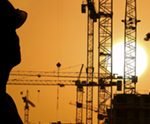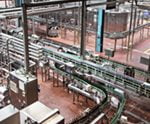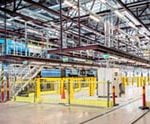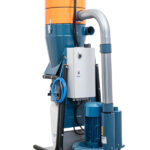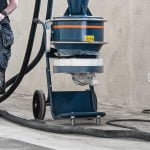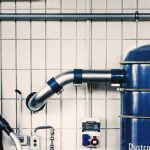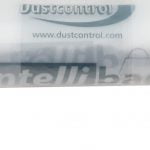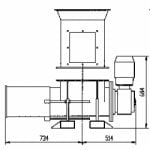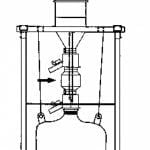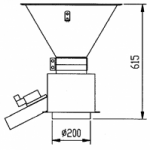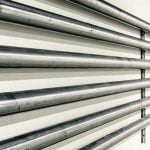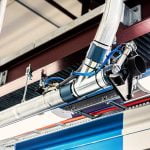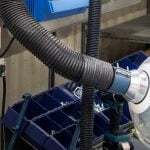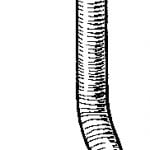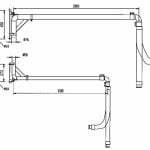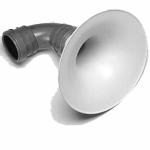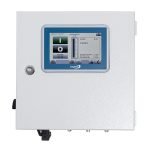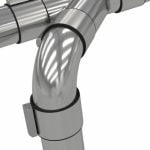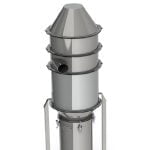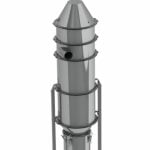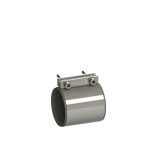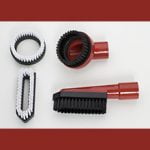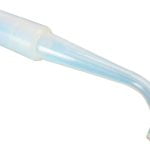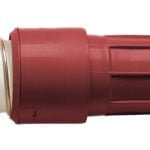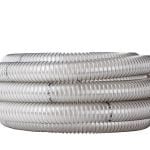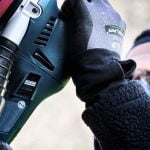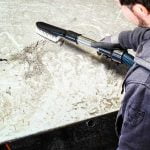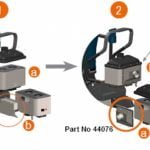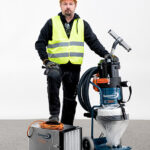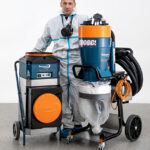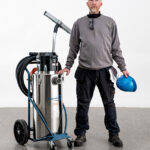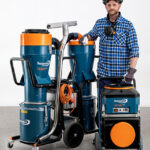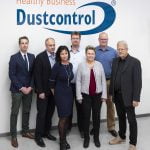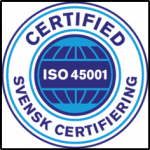There are many obvious dangers associated with construction sites — such as heavy machinery, scaffolding, falling bricks, etc. But, one of the most common risks — and most overlooked — is dust.
While it may seem like an everyday, harmless occurrence, dust is actually a silent threat that can cause long-term, life-changing illnesses, and even death.
In the UK, regulations like the Control of Substances Hazardous to Health Regulations 2002 (COSHH) are in place to mitigate these risks, emphasising the importance of assessing and controlling dust exposure.
Keep reading to find out why construction dust control regulations are paramount for ensuring your workers’ wellbeing:
Understanding the Risks
Construction dust isn’t just an inconvenience; it’s a hazardous substance capable of causing extreme damage to respiratory health.
There are different types of dust, each with its own set of risks. Some of these include:
- Silica dust, found in materials such as concrete, mortar, and sandstone;
- Wood dust, generated from softwood, hardwood, plywood and MDF.
- General construction dust, which contains minimal silica, from gypsum (found in plasterboard), limestone, marble, and dolomite.
The consequences of any of these types of dust accumulating in the lungs over time can be severe, and the amounts needed to cause harm are relatively small.
On average, 500 construction workers lose their lives each year due to dust-related illnesses; something that, at Dustcontrol, we’re working hard to prevent.
Our mission is to not only provide industrial-grade equipment, but also educate different sectors on the dangers of dust inhalation.
Construction Dust Control Regulations
To combat the effects of dust inhalation, construction dust control regulations direct a three-pronged approach: assess, control, and review.
This means that employers and site managers should be:
- Assessing the risks of dust exposure in the workplace;
- Implementing effective control measures to mitigate these risks;
- Regularly reviewing and updating strategies to ensure continued effectiveness.
Compliance isn’t just about avoiding penalties; it’s about prioritising the health and safety of workers.
Practical Steps for Dust Control
While the stats may seem extreme, there are plenty of steps employers can take to limit dust exposure and protect construction workers.
Ordering pre-cut materials whenever possible can significantly reduce the need for on-site cutting, minimising dust levels.
This isn’t always possible, and dust may still be present regardless, so it’s also essential to provide appropriate personal protective equipment (PPE), such as face masks and protective clothing.
However, the most effective measure is the use of industrial extraction equipment.
These systems are specifically designed to capture and remove dust at the source, preventing it from dispersing into the air and endangering workers’ health.
At Dustcontrol, we have plenty of solutions available, depending on the type of work you carry out, the size of your workplace, and the amount you generate. We can ensure that you have access to the best possible extraction solution based on your company’s individual needs.
The Role of Dustcontrol
At Dustcontrol, we’re dedicated to preventing and controlling the risks associated with construction dust.
Our extensive range of H-class extraction equipment, from mobile dust extractors to stationary vacuum systems, is engineered to deliver high-performance dust extraction, ensuring a safer and healthier work environment for construction workers.
By investing in our equipment, you can demonstrate your commitment to prioritising your workers’ wellbeing — while also staying compliant with regulatory requirements.
To find out more about construction dust control regulations and how we can help you stay on the right side of compliance, please contact a member of our team.
Alternatively, why not read our previous blog to go back to basics and find out exactly what dust is, and why it’s dangerous?






